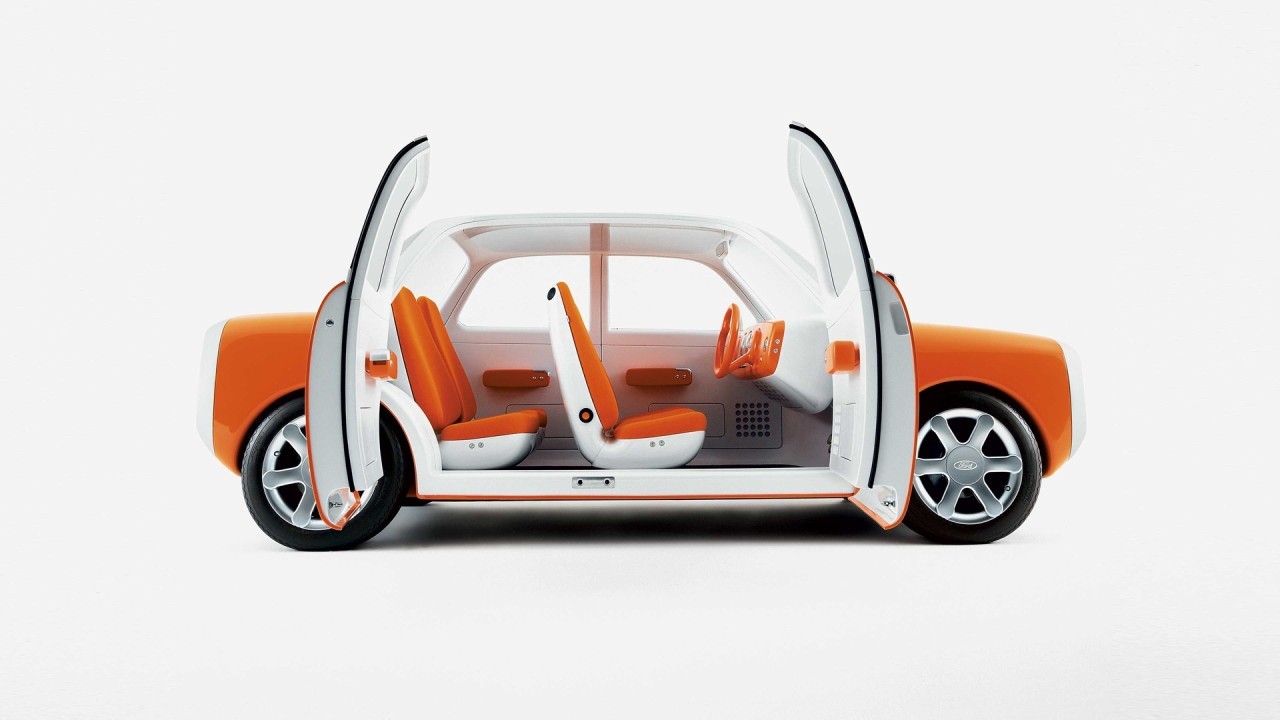Beyond the Hype: How Apple’s CarPlay is Paving the Road for Future Vehicles
It’s interesting that amidst all the hype surrounding AI (which is undoubtedly important), the presentation of Apple’s new CarPlay went almost unnoticed. Indeed, it’s hardly surprising that you can now adjust the car’s interior temperature with three new icons. On the surface, there’s nothing groundbreaking here. However, I deeply respect Apple’s designers who worked on the system interfaces and their customization options — it’s really impressive.
But let’s look at it from another angle and try to connect the dots.
Part 1: The Apple Car
A few years ago, the main expectation from Apple wasn’t AI (it wasn’t even talked about), but a car. There were countless rumors that Apple would soon unveil its own Tesla. People recalled Marc Newson’s concepts for Ford, and it seemed that we would soon see an iPhone on wheels. Instead, news came that Apple had shelved the project.
Part 2: CarPlay in Our Lives
I love cars. In my work, I always draw inspiration from my favorite car brands, trying to understand how they develop their concepts, work with form and limitations. It’s truly one of the most interesting and widespread forms of design. But, as you know, even the most beautiful cars sometimes have multimedia interfaces that are only suitable for cosplaying Andrei Tarkovsky’s Solaris (with all due respect to the maestro!). Poor UX, ridiculous icons, overdesign, and clumsy animations were what cars of the 2010s offered us. I once refused to buy a car solely because of its interface. I realized I couldn’t look at it every day.
How relieved I was when CarPlay appeared! You connect your phone and finally get rid of the need to find a place to mount your phone with the navigator and Spotify.
Part 3: Cars
The fact is, the era of the internal combustion engine has come to an end. I feel a bit sad about this, so while I still can, I will try to enjoy the various engine characteristics, their quirks, and features to the fullest. But soon this option will no longer exist. Just as there is no longer a need for a radiator grille and radiator, soon there will be no need for a steering wheel. Without the wheel and the spirited engine under the hood, a typical Toyota won’t be able to sell cars with slogans like “Drive Your Dream.” The dream now knows how and where to drive itself. So what will be left for the driver to do and what can be offered to them? So far, nothing better has been devised than a movie or a new episode of a vlog on the way to work. The concepts of new cars are largely about this. Therefore, manufacturers are increasing the size of screens with each iteration, while the steering wheels just need to know their place and not block the screen.
Mercedes-Benz F 015 concept in the city of 2030 (Made in 2015)
In conclusion, from Part 3, we understand that the market is very promising. From Part 2, we have a hypothesis confirmed in real conditions. And in Part 1, as I see it, lies the biggest trick. Apple abandoned making its own car because the platform of the car of the future won’t be the chassis and battery, but multimedia and interface. Apple wants to be the platform. Apple doesn’t want to make its own car; they want every car to be an Apple car. That’s why you can now adjust the temperature in the cabin through CarPlay. Native car interfaces will be perceived like BIOS interfaces on a PC (though perhaps not many have seen it…). And if this is indeed the case, just imagine the possibilities Apple’s AI will have.
Perhaps this is my imagination, but isn’t it beautiful?
Thank you for reading!
Victor



